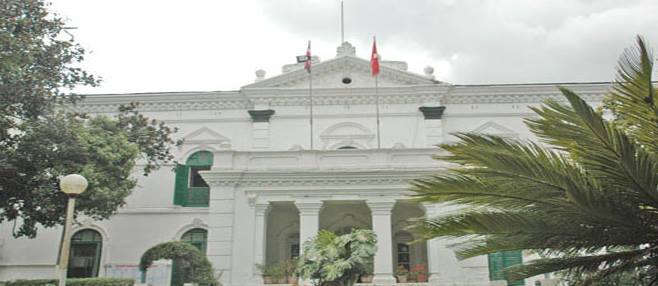KMC to launch ‘Recharge Kathmandu’ programme
Kathmandu, July 24
Kathmandu Metropolitan City is planning to introduce ‘Recharge Kathmandu’ programme in a bid to increase the level of groundwater in the capital.
Saroj Basnet, vice-chair of KMC Urban Planning Commission, said the groundwater level was depleting and required recharge.
Groundwater recharge is a hydrologic process in which water moves downward from surface water to groundwater. Similarly, KMC will be installing rainwater harvesting system in communities as per necessity to meet the growing water demands.
Priority will also be attached to hotels, hospitals, schools and apartment buildings for rainwater harvesting.
Water being supplied by Kathmandu Upatyaka Khanepani Limited accounts for nearly 50 per cent of groundwater, which is extracted through deep boring.
According to KMC, it is also contributing to depletion of water level in Kathmandu.
The policies and programmes of KMC recently passed by it municipal assembly has also put the water supply and sanitation, and climate change issues on top priority for the fiscal 2019-20. It said the proposed ‘Recharge Kathmandu’ programme is expected to cope with the impacts of climate change in urban areas.
The policies and programmes state that a policy will be adopted for supply of safe drinking water to the people in Kathmandu by implementing water supply and sanitation projects in an effective manner. They also aim to achieve total sanitation besides protecting and promoting traditional water sources.
The metropolis will also implement waster segregation system at the source, establish vehicle cleaning centres at all entry points of Kathmandu valley to control dust and that comes to the valley along with the vehicles coming from outside.
KMC is also planning to develop Kathmandu as a ‘no mask city’ by reducing pollution level and declaring Kathmandu as a no-plastic zone.
The other plans of KMC include promoting the concept of green city, constructing an international park in Tinkune, installing disaster management equipment, including fire engines, at five different places of Kathmandu, removing petrol pumps located at highly sensitive places and controlling footpath encroachment.






